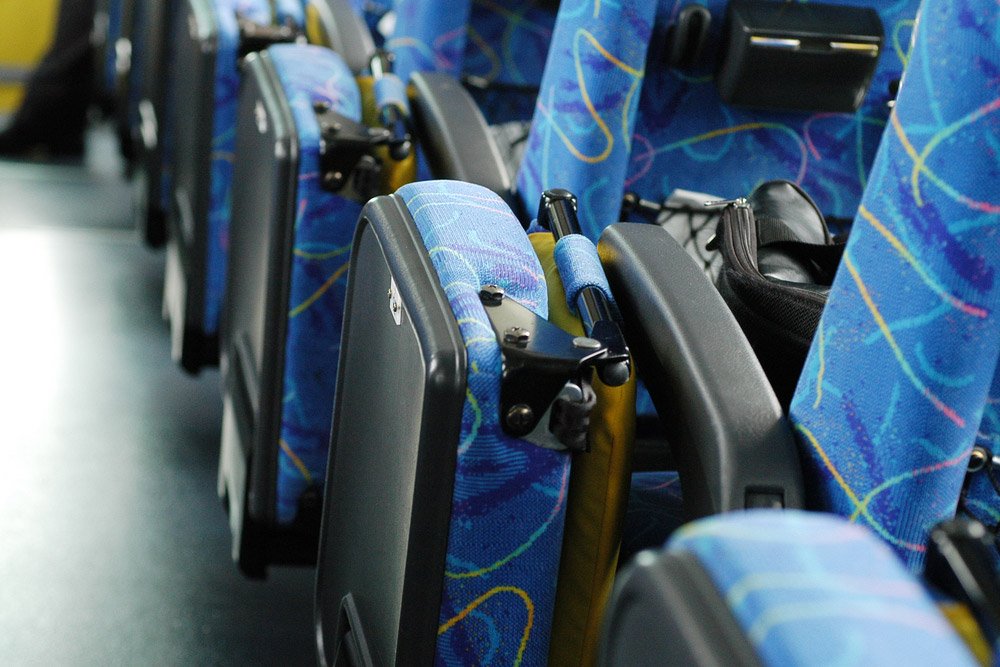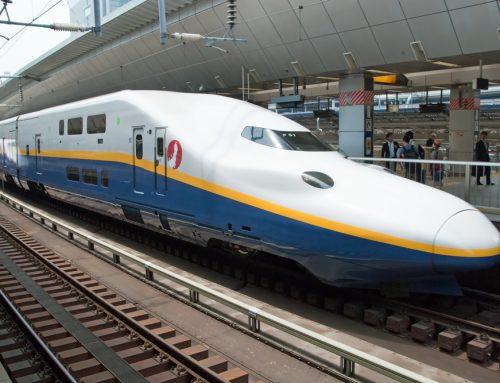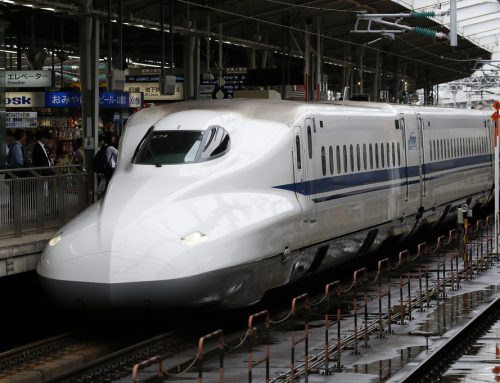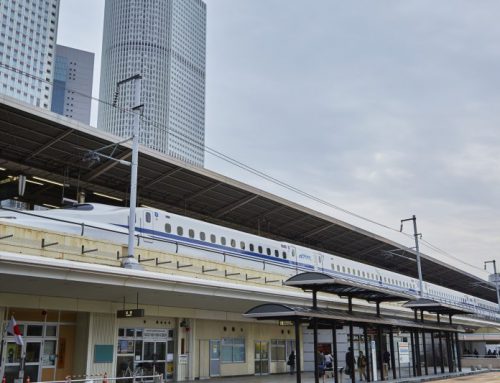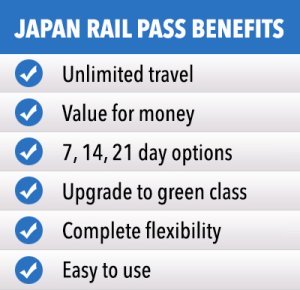The Japan Rail Pass is valid for use not only on the Shinkansen or bullet trains, but also on JR buses all over the country.
JR Local Bus Routes Covered By The Japan Rail Pass
JR city buses have the JR logo on their bodies, so it is very easy to spot them. If you want to get on a JR city bus, you need to find the designated bus stops with the JR emblem. Be reminded that the rail pass is no longer valid on highway buses, so make sure that you are boarding the correct bus to be able to use your JR Pass.
The following areas run JR buses where you can use your JR Pass:
JR Chugoko
- Higashi Hiroshima
- Hikari
- Hiroshima
- Yamaguchi
JR Hokkaido
- Fukugawa
- Samani
- Sapporo and surroundings
JR Kyushu
- Fukuoka
- Kagoshima
- Saga
JR Shikoku
- Ehime
- Kochi
JR Tohoku
- Aomori
- Fukushima
- Iwate
JR East
- Chiba
- Fukushima
- Gunma
- Ibaraki
- Nagano
- Tochigi
JR West
- Fukuchiyama
- Fukui
- Kanazawa
- Kyoto
- Shiga
Using The JR Pass
Traveling by bus around Japan is cheaper than taking the metro or train. In many Japanese cities, bus routes are quite organised so getting from one tourist destination to another is pretty convenient, even for someone who does not speak or read Japanese.
The procedure for boarding a bus in Japan may be different from where you are from, so it will be very helpful to have an idea on how it works there. Here are the things that you need to know:
- Passengers get on the bus through the rear entrance.
- Each person takes a ticket from machines placed by the doors. Since you have a Japan Rail Pass, you do not need to do this.
- The electronic display or monitor by the bus driver shows what the next stop is.
- If you are getting off on the next bus stop, press any yellow button along the walls or on the backs of the seats to inform the driver.
- Once at your stop, walk to the front of the bus, show your pass to the driver, and exit through the front door.



